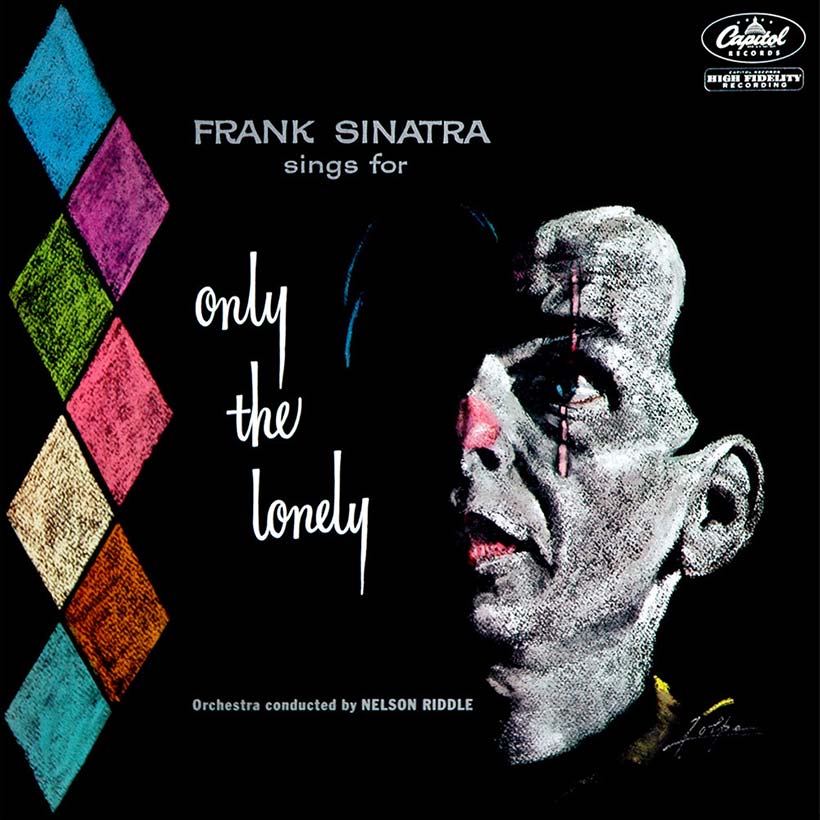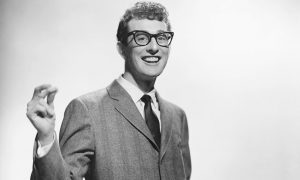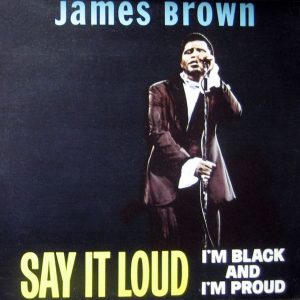Ask people to name Frank Sinatra’s saddest album and most will say In The Wee Small Hours Of The Morning, but Frank Sinatra Sings For Only The Lonely may just be sadder. It’s also nothing less than a front-runner in the “Frank Sinatra’s best album” stakes, and undeniably a masterpiece. Frank even said it was his own favorite album, yet it was conceived in exceptionally sad circumstances.
Shortly before Nelson Riddle began work on arranging the songs for this album, his six-month-old daughter died from bronchial asthma. Frank and Nelson went into the studio on May 5, 1958, to begin work on the album, but none of the three songs that were cut that night were used. Nelson’s mother was critically ill and it can only have affected the session; she died four days later. Three weeks later, Frank returned to the studio and while the arrangements for the album were Nelson’s, it was Felix Slatkin who conducted the orchestra on May 29, before Nelson returned for the last two sessions that completed Frank Sinatra Sings For Only The Lonely.
Listen to Frank Sinatra Sings For Only The Lonely right now.
Frank’s singing is the epitome of sadness, while the arrangements have an added dollop of despondency. It was a travesty that this album did so poorly at the inaugural Grammy Awards, where it only won for its cover — a design that Sinatra himself came up with and which was interpreted by Nick Volpe. (The album was inducted into the Grammy Hall Of Fame in 1999 to partially atone for the oversight.) In December 1958, Peter Jones, in the British music paper Record Mirror, said, “I feel the LP as a whole has so much magic it is a ‘must’.”
Among the standouts are the title song, written by Jimmy Van Heusen and Sammy Cahn, which was recorded on Thursday, May 29, 1958. Frank told author Robin Douglas-Home about pacing an album. “Tommy Dorsey did this with every band-show he played. Paced it, planned every second from start to finish. He never told me this; it just suddenly came to me as I sat up on that stand every night. This is what I’ve tried to do with every album I’ve ever made.” It is a song that stands up as one of Frank’s best scene-setting openers.
Another classic is Harold Arlen and Johnny Mercer’s “One For My Baby,” recorded a month later. This now-classic number was helped in the recording process when Sinatra’s new producer, Dave Cavanaugh, created the right mood by putting the studio lights right down and illuminating Frank with a single spot. With Bill Miller beside him at the piano, it created the atmosphere of a nightclub. Having picked out just two songs here, however, it’s only right to say that every song is just about perfect, from the unadorned beauty of “Angel Eyes,” to dynamics that show how brilliantly the Capitol engineers had mastered the new studio in the Capitol Tower. There’s the stark and sparse “What’s New,” a mood duplicated in “Willow Weep For Me,” and the poignancy of Rodgers and Hart’s “Spring Is Here.”
Released in September 1958, the album first entered the US charts on September 29 and reached No. 1 on October 13, where it stayed for five weeks. It made No. 5 in the UK after it was released in December of the same year.




